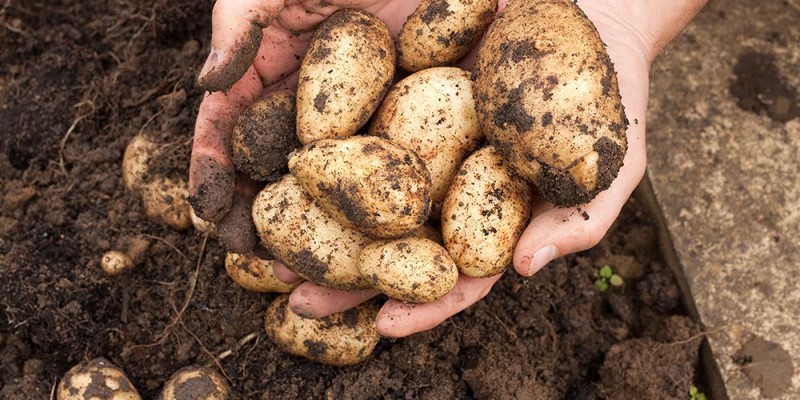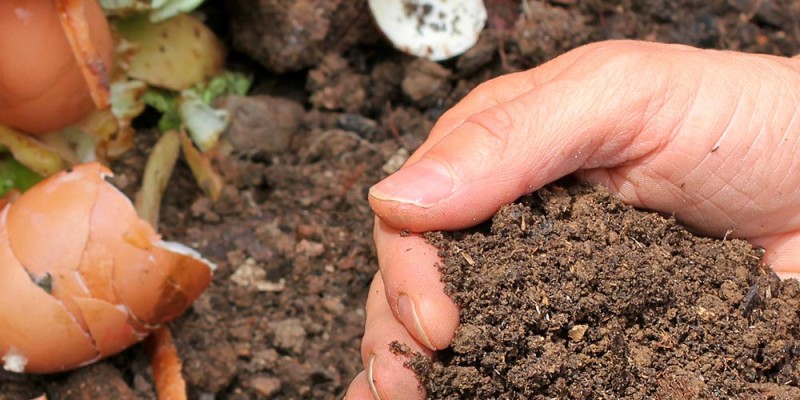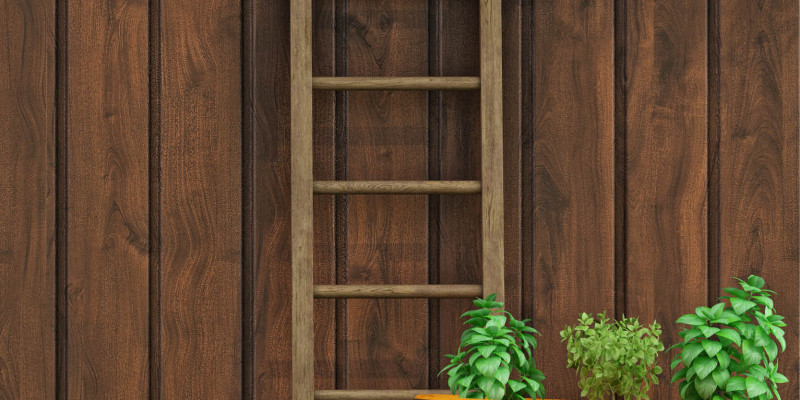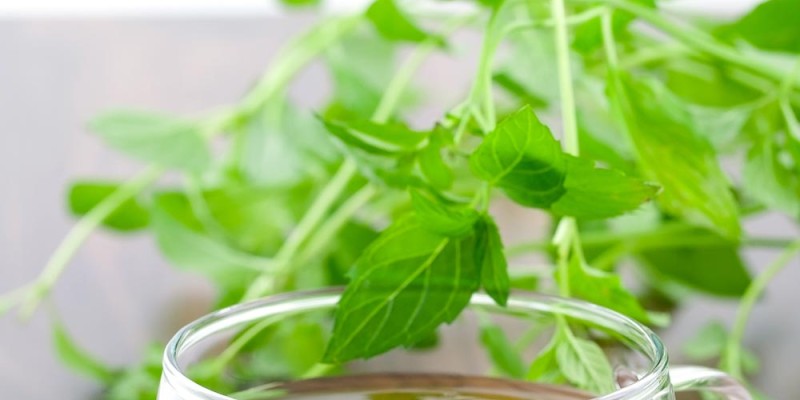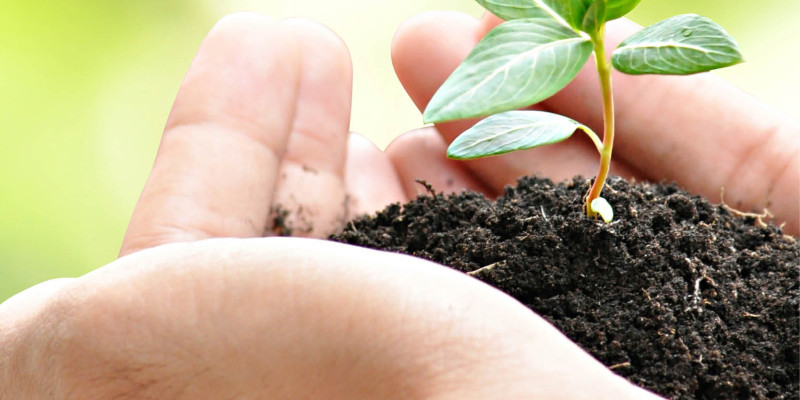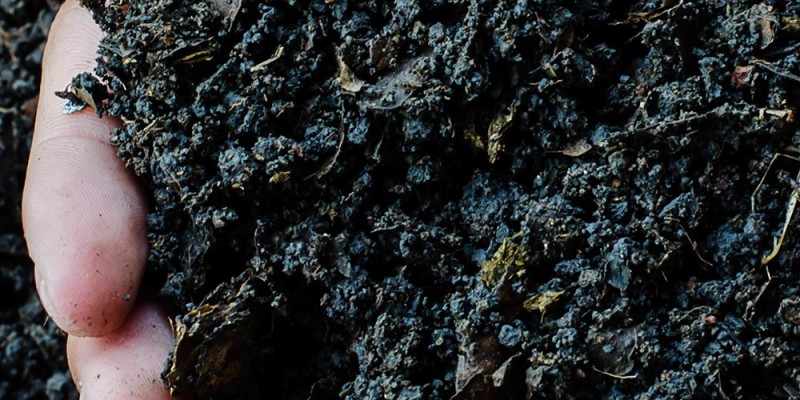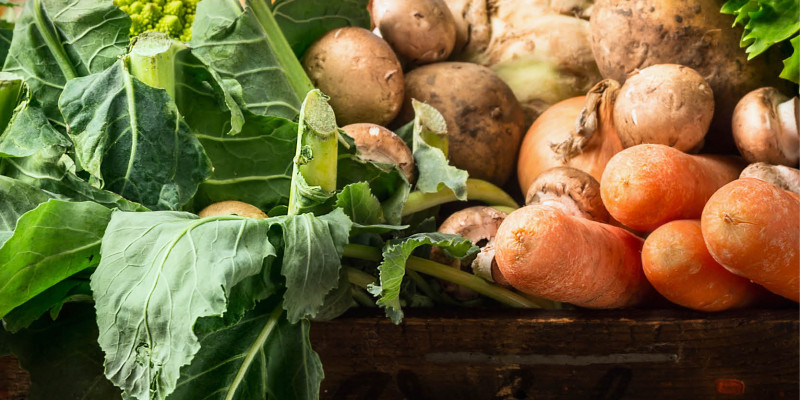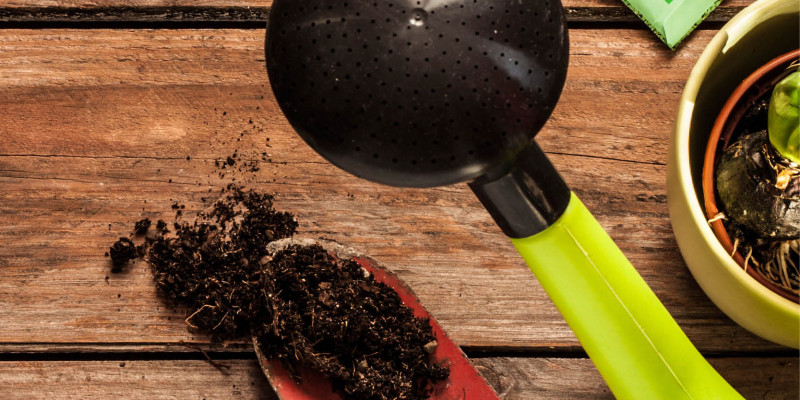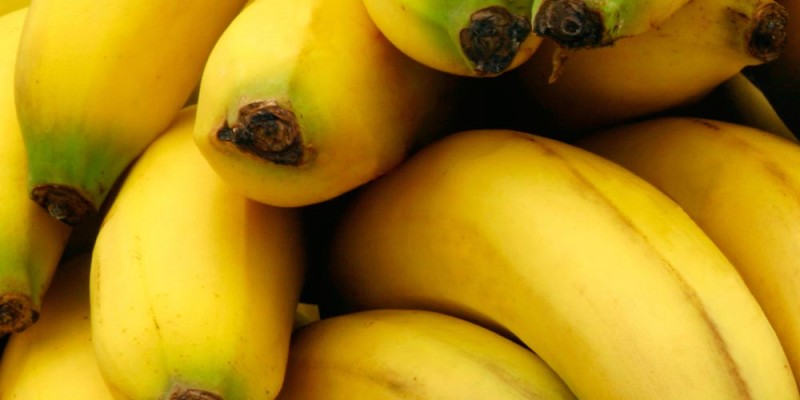This time of year it is a great time to start preparing your soil for the next growing season. A few weeks ago I spoke about how I prepare my garden beds using mulch to add fertility over the winter. After putting down mulch on all of my garden beds and making my hot compost I was left with a few bags of autumn leaves.
With this surplus today I thought I would show you how I make leaf mold and some of the value its use in the garden can bring.
What is Leaf Mold?
Leaf mold is compost that is made when fungi are responsible for the decomposition process of high carbon materials such as autumn leaves. [1] The key benefit of leaf mold is that it when completed it contains humus.
Adding humus to soil helps alleviate soil compaction improving root penetration. Humus helps bring air, water and nutirents into the soil while acting as a habitat for bacteria. At a cellular level humus is the hollowed out shells of once living cells that act as a sponge in the soil holding moisture and nutrients in place that would otherwise leach out.
Leaves also come with a large number of essential and beneficial elements. Trees take up the nutrients from the soil and subsoil and incorporate them into the wood and the leaves. As the leaves fall in the autumn those elements are left in the tissue.
Last year we tested 4 common species of autumn leaves in my area including Birch, poplar, apple and russian olive. Maxxam analytics found that leaves have 10/15 commonly tested for trace elements that are essential or beneficial for plant growth.
The additional nutrients are easily incorporated into the nutrient cycle as the leaves break down. This is important as the same elements from the parent material that originally formed the soil in my area has taken over 10,000 years to release nutrients to the soil and as the soil is close to chemical equilibrium the process has slowed.
The fungi that dominated the decomposition process of our leaves will once applied to the garden help support the fungal populations in the soil to break down complex organic matter. Fungi can also form a mycorrhizal relationship with plants allowing them to access harder to reach nutrients and water.
In order to make sure that fungi are responsible for breaking down the leaf or woodchip material it is fairly simple. All you need to provide to make leaf mold is three factors carbon in the form of leaves, fungi and moisture.
The simplest method to make leaf mold is take a carbon rich source like autumn leaves or woodchips and simply pile them in an area of the garden where they will not get in the way. Usually you don’t need a nitrogen source but if you do it will speed up the decomposition process a little.
You don’t have to worry about applying fungi to the leaf pile. Your garden already has spores all over and they will inoculate the pile.
Then keep the pile moist while it breaks down and the fungi will do the rest. A few times throughout the summer if the pile is getting dry ill water it.
Usually after a year the leaf mold is ready to go. Sometimes it takes up to two years however if applied in the mulch layer like I often do a completed leaf mold in not necessary.
With this in mind some of you might be thinking that dedicating a space and leaving it for a year is kind of inconvenient. There are products out there that are marketed as fugally dominated and containing humus. That said most of the time the fungi that are in these produces when produced are killed during the shipping and packaging processes. Even if they get to your garden alive rarely are they a well suited species for your microclimate and die.
There is however a much easier method that you can make leaf mold for your garden. If you place your carbon rich materials such as autumn leaves on top of your garden soil as mulch you will get all of the same benefits as it breaks down but also improves moisture retention and reduced weed germination.
Using leaf mold in the mulch layer or making it there will attract earth worms. Earth worms bring a number of benefits to the soil including aeration, nutrient break down, growth hormones and the mucus they leave behind help retain nutrients that would otherwise leach away.
Usually I apply my leaf mold in the fall just before I build the next pile. I usually keep a few handfuls to add to the new pile allowing me again to inoculate the new leaves with the fungi that will do all of the tough work for me.
As I know some of you are not in areas where autumn leaves are available other carbon heavy materials like woodchips can be substituted for the leaves.
If you are planning on using wood chips we can use the research analyzing wood ash to give a general understanding of the nutrient value of the wood. Researchers in Wisconsin found that wood ash contains 12 of the 15 elements needed for plant growth. [4]
Most municipalities in my experience have woodchip piles that you can get for free or very cheap.
Wood chips will take a lot longer to decompose largely influenced by your climate but in most cases take between 3-5 years to fully decompose. You can however apply woodchips to your mulch layer where they will release their benefits directly into your soils nutrient cycle.
If you would like to get the same benefits from a little faster worms can help you out.
Worm castings or vermiculture made from house hold organics including carbon containing material such as news paper and cardboard have a high concentration of humus in it as well. You can even use autumn leaves in your vermicompost and combine the methods to produce high quality locally sourced worm castings.
If you happen to have extra leaves lying around I highly recommend investing in your soils fertility by making leaf mold and applying it to the garden.
Lab Results:
Autumn Leaves:
http://www.albertaurbangarden.ca/wp-content/uploads/2015/01/150110_AlbertaUrbanGardenCertificateofAnalysis-RevistedReport.pdf
References:
[1] Definition of Leaf Mold
https://en.wikipedia.org/wiki/Leaf_mold
[2] Definition of Humus
http://education.nationalgeographic.org/encyclopedia/humus/
[3] Humus
https://en.wikipedia.org/wiki/Humus
[4] Wood Ash Fertilizer Potential
http://learningstore.uwex.edu/assets/pdfs/A3635.pdf
[5] Parent Material Degradation
https://passel.unl.edu/pages/informationmodule.php?idinformationmodule=1130447038
